Most people make the assumption they can do most body weight exercises. Chin ups or pull ups are always one of the tough exercises for people of all ages. Even with just bodyweight, chin ups are one of the best ways to build upper body strength, boost metabolism and take your confidence to the next level.
Benefits
- Burns a shed load of calories
- Recruits the most muscle of most back exercises
- One of the major "big king" exercises
- Saves you time
- Can improve posture if done with high quality
- Makes people feel strong and powerful
- Excellent carry over to sports including martial arts (try it with towels or "fat gripz" to train grip too)
Here are three progressions for you
Progression 1- Banded Chin Ups
Progression 2- Isometric Chin Ups
Progression 3- Chin Up Variations
One important thing to note is that the ratio of pulling to pressing we use should be 2:1 for most people. We spend a huge amount of our time rounded, internally rotated and tight in the front.
I have found that especially with guys, they pick up all sorts of shoulder injuries or impingements from doing too much pressing and not enough pulling/ rowing. I take this into consideration for clients when programming.
For most normal guys and girls, push up variations usually, do the trick, and only when clients have a solid base then we might include some heavier DB pressing.
One of the major muscle groups used in the chin up is the latissimus dorsi which is connected to the spine, rib cage and attaches to the front of the shoulder. This means that if we do too many pulling variations with poor form, it doesn't allow the important postural muscles to engage and can make our shoulder issues worse. Always go for good form over reps/ weight.
I like to encourage clients to do chin ups with either a neutral grip (palms facing one another) or palms up (palms facing them). This is easier on the shoulder and helps counteract the amount of time they spend in a rounded position.
Watch out for
- Rounding shoulders
- Not going to full stretch at the bottom
- Aim to get the chest up to invisible bar height
- Bouncing up and down in the movement, especially with a band can lead to injuries
- Working through pain
- Quality over quantity every time
Yours In Health
Patrick Fallis
Founder of Leaner
www.leaner-uk.com

